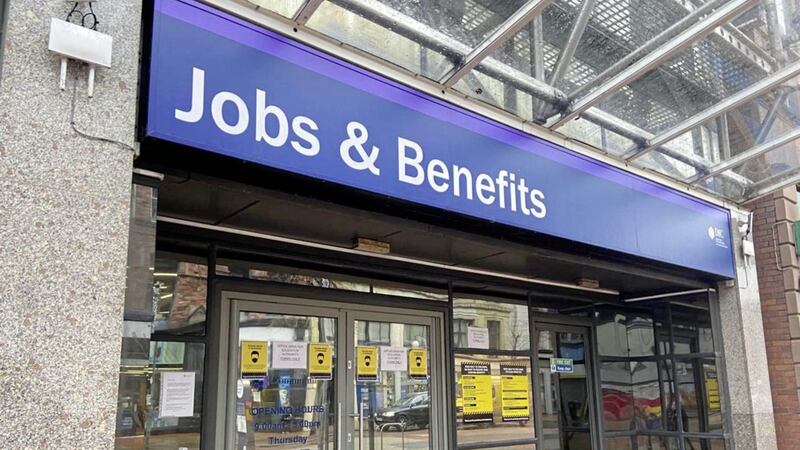THE total number of payrolled jobs in Northern Ireland is now above pre-pandemic levels, but the winding down of the furlough scheme is resulting in rising redundancies.
The number of employees receiving their wages via HMRC PAYE hit 757,211 during June 2021, around 10,600 more than in May. Crucially, the headcount is now higher than March 2020.
The Northern Ireland Research and Statistics Agency (NISRA) considers the HMRC payroll data as “the most timely and best single, overall indicator of the labour market”.
NISRA’s July labour market report showed that the north’s claimant fell by 3.8 per cent last month, representing a fall of around 2,000 claimants.
But the report has revealed an upsurge in proposed redundancies, as the furlough scheme started to wind down in July.
A total of 490 redundancies were proposed during June, rising to 850 for the first two weeks of July, the highest number of proposed job cuts since November 2020.
Some 300 redundancies were confirmed during June, bringing the rolling 12 month total to 6,180.
Employers are only required to notify the government when making at least 20 people redundant.
The number of redundancies is expected to continue to rise as the UK Government’s Coronavirus Job Retention Scheme is wound down over the summer.
Firms have been required to pick up 10 per cent of their furloughed workers' pay since July 1. But that will rise to 20 per cent in August and September before the scheme is removed entirely.
The latest official measure from HMRC showed 58,600 jobs were still furloughed in Northern Ireland on May 31.
The total number of estimated weekly hours worked in the north (26.6 million) is 13 per cent higher than the same period last year, but still remains seven per cent below pre-pandemic levels.
Officially, the Northern Ireland unemployment rate stood at 3.6 per cent for the March to May 2021 period.
The proportion of people aged 16-64 in work increased again to 70.3 per cent, with a corresponding drop off in the economic inactivity rate to 27.1 per cent.





